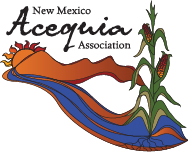2017 Youth Acequia Art Contest
Sembrando Semillas Atrisco Site -Photo taken by Travis Mckenzi Youth Acequia Art Contest For ages 4 – 18 years “What does acequia culture mean to you? “Why are acequias important to your family, culture, or community?” … Continued


